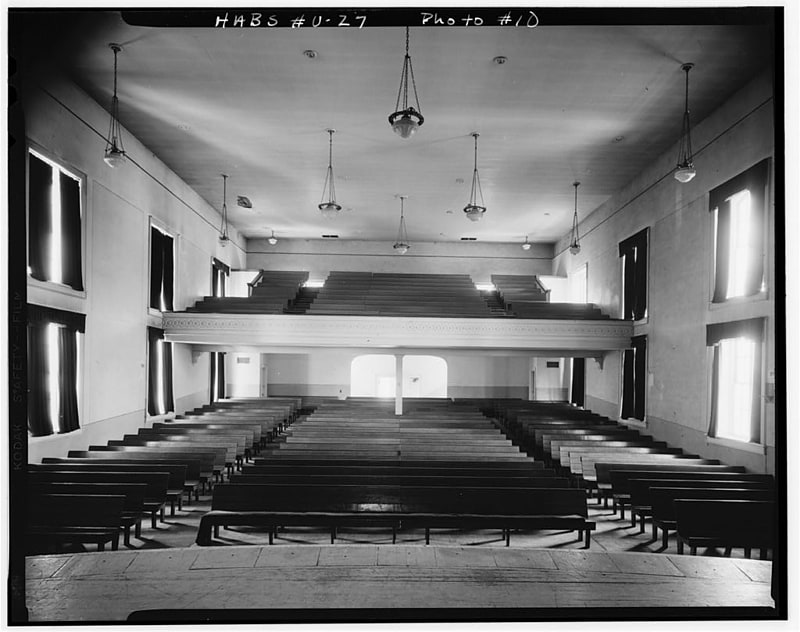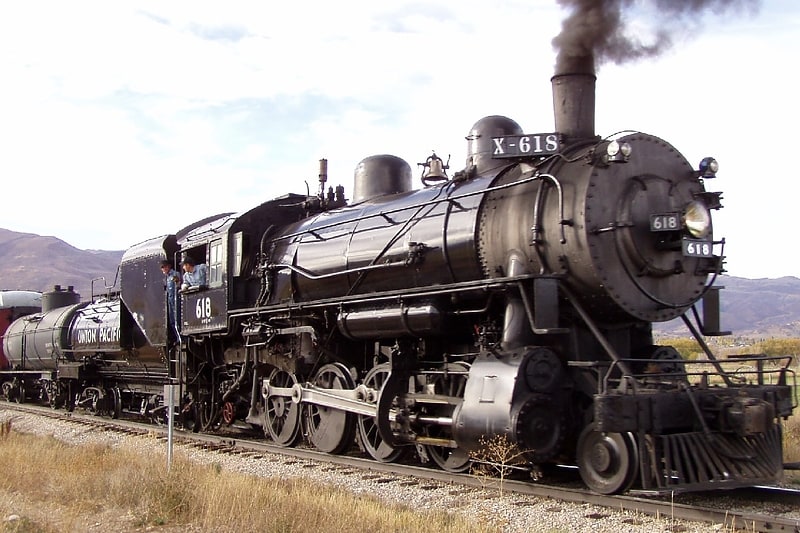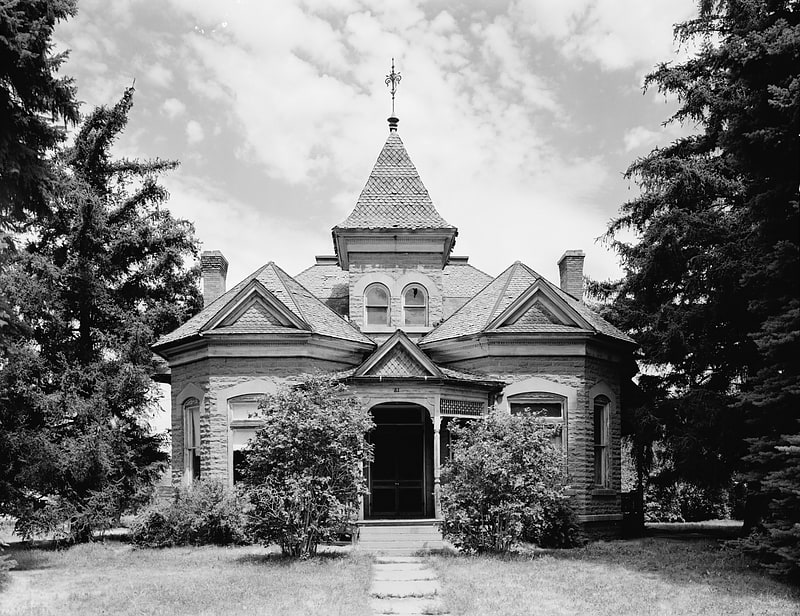Discover 4 hidden attractions, cool sights, and unusual things to do in Heber City (United States). Don't miss out on these must-see attractions: Wasatch Stake Tabernacle, Heber Valley Railroad, and Heber Second Ward Meetinghouse. Also, be sure to include Abram Hatch House in your itinerary.
Below, you can find the list of the most amazing places you should visit in Heber City (Utah).
Table of Contents
Wasatch Stake Tabernacle

Building in Heber. The Wasatch Stake Tabernacle in Heber City, Wasatch County, Utah, USA was completed in 1889, and served as a Latter Day Saints meetinghouse reserved for especially large congregations until 1965. The tabernacle, which has a capacity of 1,500 in its pews, was added to the National Register of Historic Places in a joint listing with the adjacent Heber Amusement Hall on December 2, 1970.
Construction began in 1887 and the dedication of the completed building occurred on May 5, 1889 where it was reported that the building costs of the tabernacle were $30,000. Then President of the Wasatch Stake, Abram Hatch was superintendent of the building project and Alexander Fortie the architect. The tabernacle is built with red sandstone that was quarried from the Lake Creek area east of Heber. Originally, the tabernacle was heated by four potbelly stoves, one in each corner. Additions were made in 1928 and 1954. In 1980 the tabernacle was sold to Heber City and now functions as a community hall.[1]
Heber Valley Railroad

Tourist attraction in Heber, Utah. The Heber Valley Railroad is a heritage railroad based in Heber City, Utah. It operates passenger excursion trains along a line between Heber City and Vivian Park, which is located in Provo Canyon. The HVRX carries over 110,000 passengers a year.
The railroad line is approximately 16 miles (26 km) long. A typical round trip ride on the train takes about 3 hours. There are a total of four passing sidings outside of the Heber yard limit. Notable landmarks seen from the train include Mount Timpanogos, Cascade Mountain, Deer Creek Dam and Reservoir, Provo River, Sundance Ski Resort, Tate Barn, and Soldier Hollow. A variety of wildlife including deer, eagles, fox, moose, turkeys, hawks, mountain lions (cougars), and beavers, have all been seen from the train as well.[2]
Address: 450 S 600 W, 84032-2244 Heber City
Heber Second Ward Meetinghouse

Building. Built in 1915, the Heber Second Ward Meetinghouse, originally built as a place of worship for The Church of Jesus Christ of Latter-day Saints is of historical significance to the city, and was added to the National Register of Historic Places on December 12, 1978. Bishop Joseph A Rasband served as the Heber Second Ward's first bishop in the meetinghouse, and his first counselor James Heber Moulton was the superintendent that oversaw the building of the meetinghouse. Joseph Nelson was the architect. Construction of the building was begun 16 Mar 1914; it was dedicated by Francis Lyman on December 26, 1915 and served the Second Ward into the 1960s when it was sold. The building is now the St. Lawrence Catholic Church.[3]
Abram Hatch House

The Abram Hatch House was built c. 1892 by Abram Chase Hatch, a prominent Mormon community leader. The Victorian style house features a complex roofline with a small tower over the entrance and two projecting bays in the front framing a small porch, all with small gables superimposed on the hipped bays. The 1-1/2 story house is built of red sandstone with extensive wood detailing, including wood spindles on the front porch. The interior features extensive wood trim, glazed doors and windows with colored glass panes.
The house is arranged with a center hall, entered through a porch in the indentation between the projecting bays. A parlor and an office flank the entrance, followed by a sitting room and a dining room which have projecting bays to each side, then bedrooms and a kitchen. A small rear wing comprises service rooms. The upstairs features sleeping rooms on either side another center hall.
The Abram Hatch House was listed on the National Register of Historic Places on October 10, 1975. After being threatened with demolition in the 1970s, the house was restored by Zions Bank and used as a branch bank.[4]